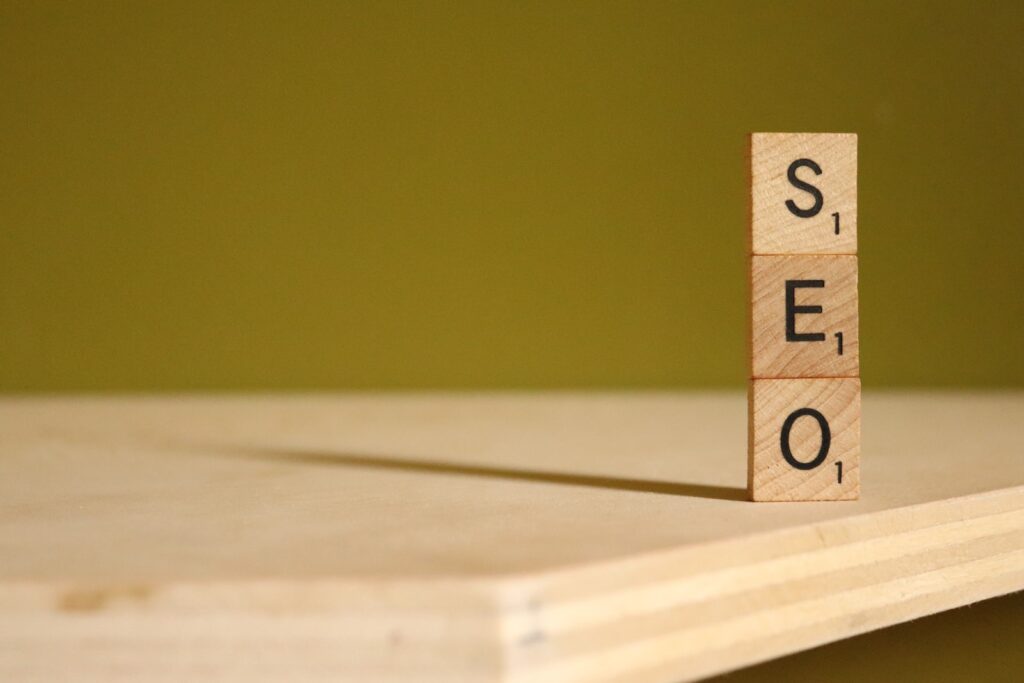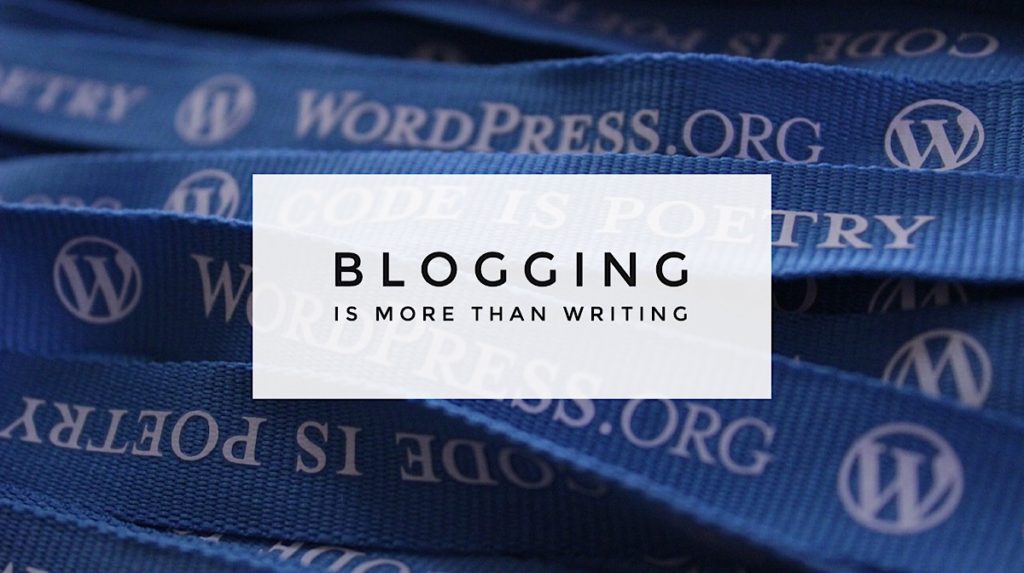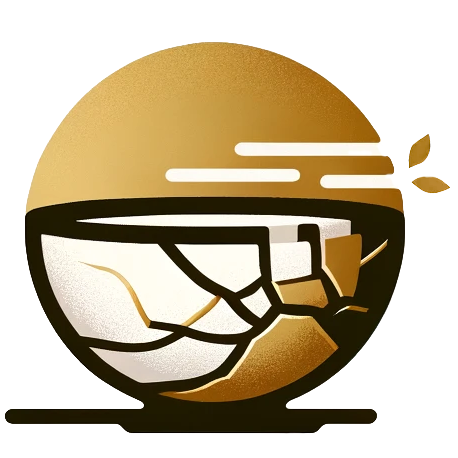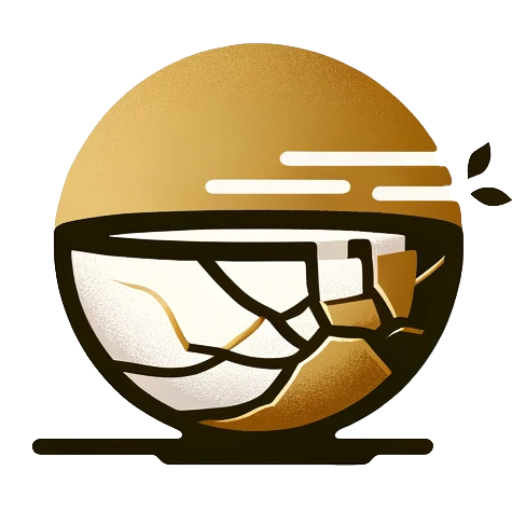Keywords 101: A Beginner’s Guide to Understanding Keywords and How They Impact SEO

Keywords 101: A Beginner’s Guide to Understanding Keywords and How They Impact SEO Have you ever wondered how search engines like Google are able to provide you with the most relevant search results when you type in a query? Well, the answer lies in keywords. Keywords are one of the most important elements of search engine optimization (SEO) that website owners use to help search engines understand what their website is all about. In simple terms, keywords are the words or phrases that people type into search engines when they are looking for something online. For example, if someone is looking for a new pair of running shoes, they might type in the keywords “running shoes” or “best running shoes” in the search bar. These keywords are then used by search engines to crawl websites and determine which ones are the most relevant to the search query. Now, let’s talk about how keywords are used on a website. When creating a website, one of the first things that website owners need to do is identify the keywords that are most relevant to their business or industry. This process is called keyword research, and it involves identifying the words or phrases that people are using to find businesses like yours. Once you have a list of relevant keywords, the next step is to use them on your website. There are several places where keywords can be used, including: Page titles: The page title is the text that appears at the top of your browser window and in the search engine results. It’s important to include your primary keyword in the page title, as it helps search engines understand what the page is about. Meta descriptions: The meta description is the brief summary that appears below the page title in the search engine results. While meta descriptions do not directly impact your website’s ranking, they do play an important role in attracting users to click on your website. Including your primary keyword in the meta description can help increase the click-through rate of your website. Header tags: Header tags (H1, H2, H3, etc.) are used to structure the content on your website. Including your primary keyword in the H1 tag can help indicate to search engines what the main topic of the page is. Body content: The body content of your website is where you can include your primary and secondary keywords throughout the text. However, it’s important to use keywords in a natural way and avoid “keyword stuffing,” which is when keywords are used excessively and unnaturally in an attempt to manipulate search engine rankings. URLs: Including your primary keyword in the URL of a page can also help search engines understand what the page is about. In addition to these on-page elements, there are also off-page elements that can impact your website’s ranking. One of the most important off-page elements is backlinks, which are links from other websites to your website. Backlinks signal to search engines that other websites consider your content to be valuable and relevant, which can help improve your website’s ranking. However, it’s important to note that not all keywords are created equal. Some keywords are highly competitive, meaning that many other websites are also targeting those keywords. For example, the keyword “running shoes” is likely to be highly competitive, as many businesses are selling running shoes online. Targeting highly competitive keywords can be difficult, as it can take a lot of time and effort to rank for them. On the other hand, targeting long-tail keywords can be a more effective strategy for smaller businesses or those with less competition. Long-tail keywords are more specific phrases that are often longer and more descriptive than general keywords. For example, “best running shoes for flat feet” is a long-tail keyword that may be less competitive than the general keyword “running shoes.” Keywords are an essential element of SEO that help search engines understand what your website is all about. By identifying and using relevant Website Keywords 101 throughout your website, you can improve your website’s visibility in search results and attract more organic traffic. However, it’s important to use keywords in a natural and relevant way, without resorting to manipulative tactics like keyword stuffing. Another important factor to keep in mind is that search engines are constantly evolving and refining their algorithms, which means that SEO best practices are also constantly changing. As a result, it’s important to stay up-to-date with the latest trends and techniques in keyword research and optimization. One useful tool for keyword research is Google’s Keyword Planner, which allows you to see search volume data and competition levels for different keywords. This can help you identify high-value keywords that are relevant to your business and have a good chance of ranking well in search results. In addition to keyword research, there are a number of other strategies you can use to improve your website’s ranking in search results. For example, creating high-quality, engaging content that is relevant to your audience can help attract backlinks and social shares, which in turn can boost your website’s authority and visibility. Another important factor to consider is website design and user experience. Search engines prioritize websites that are easy to navigate, load quickly, and provide a good user experience. By focusing on these factors, you can help improve your website’s ranking and attract more organic traffic. Overall, keywords are a critical element of SEO that can help improve your website’s visibility and attract more organic traffic. By conducting keyword research and using relevant keywords throughout your website in a natural and relevant way, you can improve your website’s ranking in search results and attract more potential customers to your business—and importantly be easily found online. Larry the Llama Discovers Keywords Once upon a time, there was a llama named Larry who decided to start his own business selling handmade scarves. Larry was very excited to get started and spent hours building a website to promote his new
What Goes Into A Blog Post

It’s not just the text you see. Copywriting is one component and arguably the most important. However, there are other crucial things that the person who publishes your blog should be doing behind the scenes. Using Headers Your blog post needs to be divided into logical sections which have their own sub-titles known as headers in web-speak. HTML headers (H1 – H6) help search engines properly understand your post’s layout. The H1 tag for instance is typically used for your page’s title. After that, your content is sub-divided by the other HTML headers. So, your blog poster is adding these headers in strategic places within your post. Accessibility Did you know that your blogger is also likely adding attributes to make your blog easier to read while playing nicely with screen readers and search engines? For example, they are adding things like title attributes to links and alt attributes to images. These are things that also help achieve your search engine optimization goals. Breaking Up Content Good bloggers know how to break up content so that it’s easier to read online. Rules for writing are different for the screen. A two to three sentence paragraph for example is going to look better on a screen than four to five sentences. Bulleted lists, numbered lists and blockquotes will make the reading experience easier for your readers who are more used to skimming content quickly while online. Keywords Then, there’s replacing words and phrases with specific keywords which form part of the SEO (search engine optimization) process. There are specific guidelines and best practices that go into this thought process to make sure that your blog post looks appealing for both your readers and search engines. Using the right keywords helps to make your post easier to find. Call To Action A blog post will likely end with a call-to-action request, link or button. Your readers should find an easy path to the next step in engaging with you. Images A feature image will help your blog post stand out. Consideration will go into its aspect ratio and the text that might be added to the image. Making sure the image is copyright free, complements the site’s branding and tone will also weigh into its selection. Working with images takes some time. Just getting the color down can take effort. Tone & Logic Then, there’s making sure that a post conveys the right tone—one that compliments your brand. Also checking that it makes sense is just good common sense. Sometimes in the writing process, the logic breaks down and additional words or explanations are needed. I’ve actually seen some blogs contradict themselves within the same paragraph. So yeah, this also takes time. Spell check and Grammar Let’s not forget these two items. Often typos or incorrectly used grammar creep into a post, even when it’s supposedly ready for publishing. So there’s some behind the scenes review time going on. These are some of the things that happen behind the scenes to get your blog posted. Even after much review and editing, some of these items can still be missed. Fixing needed changes is part of what contributes to your blog’s success. Again, it all takes time. Blogging is more than just writing. It’s not just typing words on a screen. Say teaz.me if your business needs some help in this area.
Is Your Website Reaching The Right Audience?

The right audience should be helping your business increase its revenue. You have a slick website that tells your story and explains why visitors should use your product or service. It hopefully was built with search engine optimization (SEO) as a goal. (If TeazMedia built it, we had SEO in mind during every design decision made on your site.) This means that your site is easily found during online searches. Hopefully your site has a regular blog section that is used to inform or to share snippets about what you do. Those blog posts help with organic reach as they get shared across the web and particularly social media. It’s the kind of stuff that the search engines love. Now it’s time for the next phase in attracting new customers. PPC Pay-Per-Click Marketing When someone googles a service or product that they are looking for, you probably want your business to pop up as high as possible on the search engine result page (SERP). There is so much online competition from businesses though, your SEO juiced website will require the extra boost of paid-for advertising to get in front of the right eyes today. Those eyes should belong to people who have a strong intent on buying what you offer. At this phase, it’s time to create a monthly PPC budget that will be used to help match those eyes with what you have. The goal here is to convert online searchers to your customers. Putting your business in front of the right eyes is what PPC marketing is all about. When you decide that you are ready to grow your business and have a marketing budget to do just that, it’s time to talk to TeazMedia about a pay-per-click campaign. You set the budget and we’ll manage the details. We’ll become your PPC sherpa to help guide your online marketing goals. So let’s keep it simple. Here’s What to Expect We’ll discuss what a fare and reasonable budget should look like based on your business goals. Much of this is based on how much value a new customer brings when they buy from you and what their life-time-value is over time. Goals We’ll ask you a few questions about your exact goals. Are you interested in building awareness about what you do? Do you want people to visit your homepage? Do you want people to fill out and submit a form? Do you need a landing page (a standalone web page created specifically for the purposes of your marketing or advertising campaign)? Do you want people to call you? Keywords Because you know your business better than us, we’ll collaborate with you on words and phrases that your potential customers might use when googling the product or service that you offer. Ad Design TeazMedia will create a textual ad campaign based on the above information. This might include designing a landing page people will reach when they click on the link in a Google search page. Reporting We’ll provide you with weekly and monthly reports on how your campaign is doing. You’ll hear a lot about conversion rates as we measure the goals accomplished after a visitor clicks your link. Again, we’ll handle the details. Results The first month is typically used to research and set-up your campaign while we just start to analyze the data produced from it. This data will help us tweak your campaign to make sure your goals are being reached. The second and third months are typically used for more analysis and fine tuning as we begin to see positive traction. We recommend that the first three months be considered a learning and ramp up phase for performance (some say six months). Say teaz.me As your PPC sherpa, TeazMedia will take away the messy details and let you focus on doing what you do best—making new customers happy. Your competitors are probably using PPC marketing already because it works when managed right. We do it better. Say teaz.me


